Journal of the Formosan Medical Association [2013] Oct 5 [Epub ahead of print] (J.L.Jiang, S.Y.Chen, T.C.Hsieh, C.W.Lee, S.H.Lin, S.T.Tsai) Complete abstract
Deep Brain Stimulation (DBS) involves the use of electrodes that are implanted into the brain and connected to a small electrical device called a pulse generator that can be externally programmed. For more information go to Deep brain stimulation Subthalamic nucleus
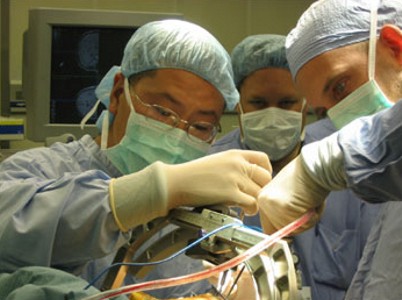 The aim of this study was to assess the improvements that can be expected after 1 year and after 5 years. Patients with Parkinson's Disease were assessed after 1 year and 5 years according to the Unified Parkinson's disease rating scale (UPDRS) parts I, II, III, and IV scores, the Hoehn and Yahr stage, and Schwab and England activities of daily living (SEADL) scores in the conditions of off-medication/on-stimulation and off-medication/off-stimulation. Further analysis included the changes in the L-dopa equivalent daily dose.
The aim of this study was to assess the improvements that can be expected after 1 year and after 5 years. Patients with Parkinson's Disease were assessed after 1 year and 5 years according to the Unified Parkinson's disease rating scale (UPDRS) parts I, II, III, and IV scores, the Hoehn and Yahr stage, and Schwab and England activities of daily living (SEADL) scores in the conditions of off-medication/on-stimulation and off-medication/off-stimulation. Further analysis included the changes in the L-dopa equivalent daily dose.After 1 year significant improvements were seen in the UPDRS parts I, II, III, and IV and the Schwab and England scale. Five years after STN-DBS had been initiated improvements in UPDRS scores were observed only for parts II, III, and IV. In the off-medication/off-stimulation condition no significant improvement was observed. However, after 5 years there were significant deteriorations when compared to the improvements seen after 1 year in the scores for the UPDRS parts I, II, III and the Schwab and England scale.



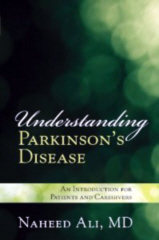 Publisher's description : Understanding Parkinson’s Disease offers patients and their caregivers the kind of cutting-edge information that will allow them to successfully confront this debilitating disease on a number of fronts. Patients will also be uniquely exposed to alternative approaches to managing the symptoms of the disease, including allopathic, osteopathic, and naturopathic approaches. The reader will be introduced to essential information on the risk factors associated with Parkinson’s, the signs and symptoms, the different stages of the disease, the various treatments, as well as how the disease develops. Anyone looking for an introduction will find the information they need in this accessible resource.
Publisher's description : Understanding Parkinson’s Disease offers patients and their caregivers the kind of cutting-edge information that will allow them to successfully confront this debilitating disease on a number of fronts. Patients will also be uniquely exposed to alternative approaches to managing the symptoms of the disease, including allopathic, osteopathic, and naturopathic approaches. The reader will be introduced to essential information on the risk factors associated with Parkinson’s, the signs and symptoms, the different stages of the disease, the various treatments, as well as how the disease develops. Anyone looking for an introduction will find the information they need in this accessible resource. 

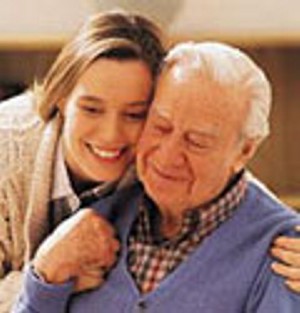 They had an average of two additional medical disorders with arthritis (49%) and heart problems (32%) being the most common. Most of them (87%) took at least 2 medications, with L-dopa (96%), dopamine agonists (45%) and antidepressants (37%) being the most common. Most of them were not currently utilizing physical, occupational or speech therapy, but two-thirds of them reported engaging in physical activity. Deep brain stimulation was documented in 22%. Overall the mean health-related quality of life and caregiver burden was impaired in all domains.
They had an average of two additional medical disorders with arthritis (49%) and heart problems (32%) being the most common. Most of them (87%) took at least 2 medications, with L-dopa (96%), dopamine agonists (45%) and antidepressants (37%) being the most common. Most of them were not currently utilizing physical, occupational or speech therapy, but two-thirds of them reported engaging in physical activity. Deep brain stimulation was documented in 22%. Overall the mean health-related quality of life and caregiver burden was impaired in all domains.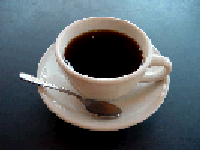 Researchers examined the association between the intake of caffeine and the time taken to develop dyskinesia. Those people who consumed 12 ounces of coffee per day, which is about two cups, reduced their likelihood of developing dyskinesia to 61%. Those people who consumed 4 to 12 ounces of coffee per day, which is less than two cups per day, reduced their likelihood of developing dyskinesia to 73%. The authors suggest tha these results support the possibility that caffeine may reduce the likelihood of developing dyskinesia.
Researchers examined the association between the intake of caffeine and the time taken to develop dyskinesia. Those people who consumed 12 ounces of coffee per day, which is about two cups, reduced their likelihood of developing dyskinesia to 61%. Those people who consumed 4 to 12 ounces of coffee per day, which is less than two cups per day, reduced their likelihood of developing dyskinesia to 73%. The authors suggest tha these results support the possibility that caffeine may reduce the likelihood of developing dyskinesia.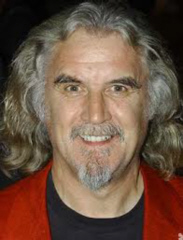 The 70 year old
The 70 year old 
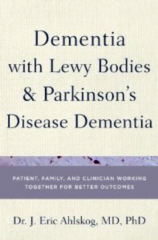
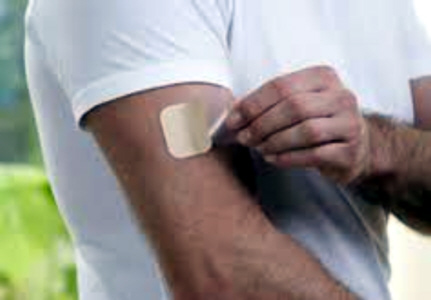 The use of rotigotine resulted in greater improvements in Parkinson's Disease symptom scores (the UPDRS) concerning the activities of daily living score, motor score, and the activities of daily living and motor subtotal score. However, rotigotine was associated with a significantly higher rate of withdrawals due to adverse events, and higher rates of application site reactions, vomiting, and dyskinesia. No differences were found in the relative risks of headache, constipation, back pain, diarrhea, or serious adverse events.
The use of rotigotine resulted in greater improvements in Parkinson's Disease symptom scores (the UPDRS) concerning the activities of daily living score, motor score, and the activities of daily living and motor subtotal score. However, rotigotine was associated with a significantly higher rate of withdrawals due to adverse events, and higher rates of application site reactions, vomiting, and dyskinesia. No differences were found in the relative risks of headache, constipation, back pain, diarrhea, or serious adverse events. 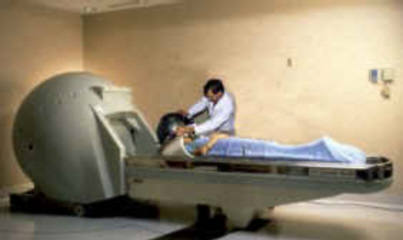 Gamma Knife radiosurgical thalamotomy is a technique in which a thalamotomy is performed with beams of radiation rather than a surgical incision or use of electrodes. The surgeon uses a Gamma Knife device to focus high-energy gamma rays precisely on an area in the brain that causes tremor. These rays result in the death of the brain cells that generate tremor. The procedure takes approximately one hour and the benefit may not be apparent until three to six weeks afterwards.
Gamma Knife radiosurgical thalamotomy is a technique in which a thalamotomy is performed with beams of radiation rather than a surgical incision or use of electrodes. The surgeon uses a Gamma Knife device to focus high-energy gamma rays precisely on an area in the brain that causes tremor. These rays result in the death of the brain cells that generate tremor. The procedure takes approximately one hour and the benefit may not be apparent until three to six weeks afterwards.